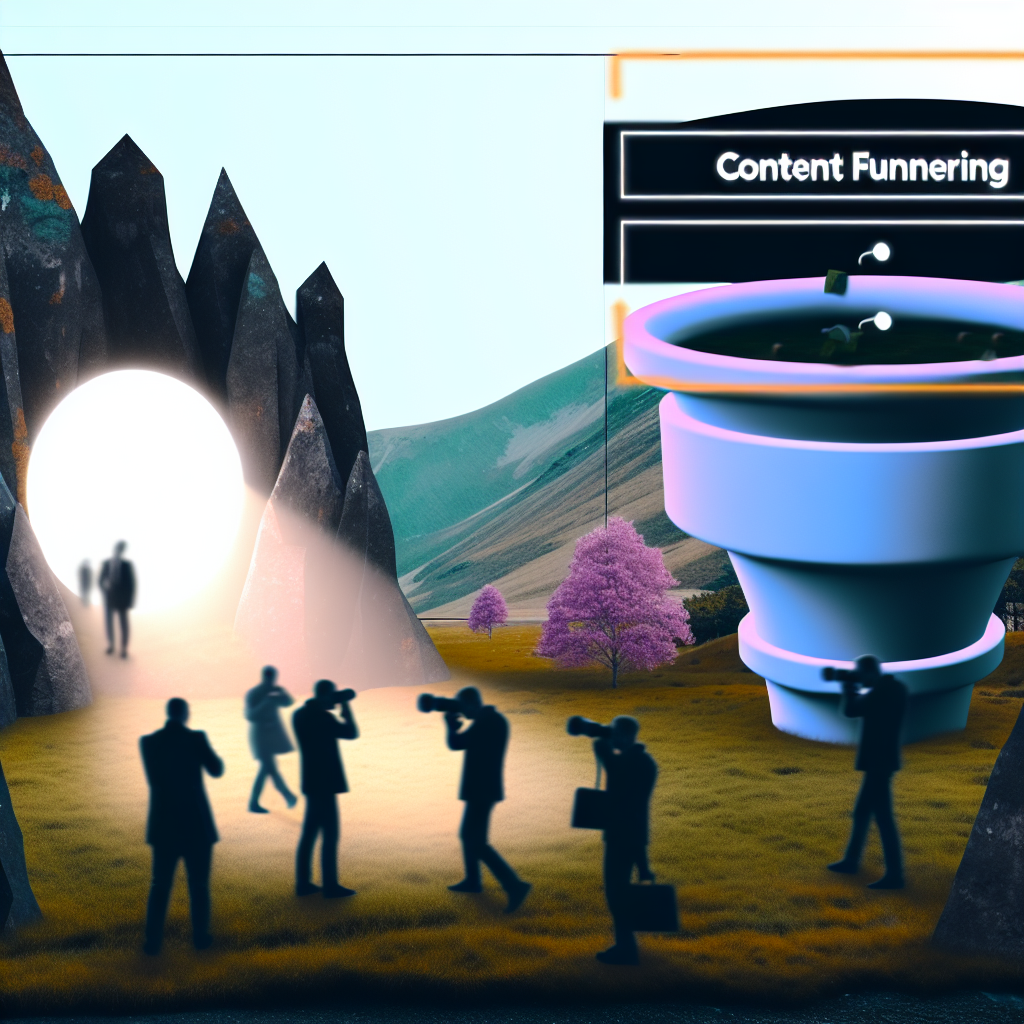Marketing Forensics
Creating a Content Funnel That Nurtures Leads
-
Table of Contents
- Creating a Content Funnel That Nurtures Leads
- Understanding the Content Funnel
- The Importance of a Content Funnel
- Creating a Content Funnel That Nurtures Leads
- 1. Identify Your Target Audience
- 2. Map Out the Buyer’s Journey
- 3. Create Content for Each Stage of the Funnel
- 4. Promote Your Content
- 5. Measure and Optimize
- Case Study: HubSpot’s Content Funnel
- Conclusion
Creating a Content Funnel That Nurtures Leads

In the digital marketing landscape, content is king. However, not all content is created equal. The key to successful content marketing lies in creating a content funnel that nurtures leads and guides them through the buyer’s journey. This article will delve into the process of creating an effective content funnel, supported by relevant examples, case studies, and statistics.
Understanding the Content Funnel
A content funnel, also known as a sales or marketing funnel, is a model that illustrates the theoretical customer journey towards the purchase of a product or service. It’s divided into three stages: the top of the funnel (TOFU), middle of the funnel (MOFU), and bottom of the funnel (BOFU).
- TOFU: This stage is all about awareness. Prospects are identifying a problem or need, and your content should provide valuable information that helps them understand their situation.
- MOFU: At this stage, prospects are considering different solutions to their problem. Your content should position your product or service as the best solution.
- BOFU: This is the decision-making stage. Your content should convince prospects that your product or service is the right choice, prompting them to make a purchase.
The Importance of a Content Funnel
A well-structured content funnel is crucial for nurturing leads and converting them into customers. According to a study by Forrester Research, companies that excel at lead nurturing generate 50% more sales-ready leads at 33% lower cost. Moreover, nurtured leads make 47% larger purchases than non-nurtured leads.
Creating a Content Funnel That Nurtures Leads
1. Identify Your Target Audience
Before you start creating content, you need to understand who your target audience is. This involves creating buyer personas, which are detailed descriptions of your ideal customers, including their demographics, interests, pain points, and buying behavior.
2. Map Out the Buyer’s Journey
Once you’ve identified your target audience, map out the buyer’s journey. This involves understanding the steps your prospects take from the moment they become aware of their problem to the point they decide to make a purchase.
3. Create Content for Each Stage of the Funnel
Now that you understand your audience and their journey, it’s time to create content that caters to each stage of the funnel. This could include blog posts, eBooks, webinars, case studies, product demos, and more.
4. Promote Your Content
Creating great content is only half the battle. You also need to promote it to reach your target audience. This could involve SEO, social media marketing, email marketing, and more.
5. Measure and Optimize
Finally, it’s crucial to measure the performance of your content funnel and optimize it based on your findings. This could involve tracking metrics like traffic, engagement, conversion rates, and more.
Case Study: HubSpot’s Content Funnel
HubSpot is a prime example of a company that has mastered the art of the content funnel. They offer a wide range of content for each stage of the funnel, from informative blog posts and eBooks (TOFU), to webinars and case studies (MOFU), to free trials and product demos (BOFU). This approach has helped them attract over 4.5 million monthly visitors to their blog and generate a steady stream of leads.
Conclusion
Creating a content funnel that nurtures leads is no easy task, but it’s well worth the effort. By understanding your audience, mapping out the buyer’s journey, creating relevant content, promoting it effectively, and continuously optimizing your efforts, you can guide your prospects through the funnel and convert them into loyal customers. Remember, the key to a successful content funnel is providing value at every stage of the journey.
